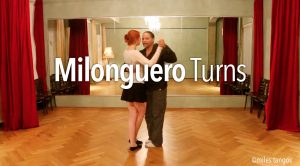
The Milonguero Turn
In it’s simplest form, the Milonguero Turn is one of the easiest of turns to accomplish with regards to Argentine Tango. It allows of the couple to stay with each

In it’s simplest form, the Milonguero Turn is one of the easiest of turns to accomplish with regards to Argentine Tango. It allows of the couple to stay with each
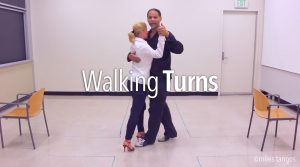
What is a Walking Turn ? In it’s simplest form, it is exactly what it sounds like, a turn where the Lead is walking in a very tight circle with their Follower. However, note the operative words there ‘simplest form’. Meaning or implying that there are is a level of

Ocho Transitions – Part 1. There are 8 types of Ochos, but only 2 of them are used routinely to lead into other things. The 2 types ? “Lazy” or Milonguero Style Ochos, and Traveling Ochos, what you folks think of as an ‘Ocho’. Traveling Ochos ? You know the

What is the Milonguero Turn Trick ? First and foremost, the Trick itself isn’t a ‘trick’, it’s more of a reliance on Follower Default behaviors. Secondly, the ‘Trick’ only solves the first major hurdle of the Turn itself – The Follower’s Back Cross.
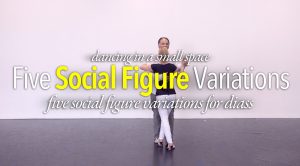
What is “Dancing In A Small Space” (or ‘DIASS’ as Tango Topics refers to this idea) ! There are two parts to the answer to this question: First, in it’s simplest form, it’s all about the vocabulary and engaging Five pieces of Tango vocabulary. The Five Pieces ? 1.) The
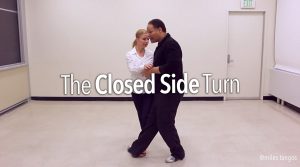
What is a Closed Side Turn ? The simplest way that I can put this is that the Closed Side Turn is a Molinete/Giro structure that turns to the right (for the Lead), and the left (for the Follower) with a very simple modification.

Today’s Tango Topic refines the process of Musical Interpretation, by showing you how to use Musical Interpretation with two important tools: Alternation & Symmetry. The end goal here is to
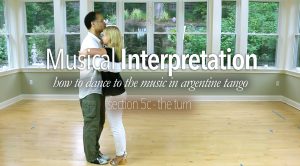
What is a Musical Turn ? First and foremost it is a ‘Turn’ or rotation that the couple initiates within the line and lane of dance that can exist in one of three places in the music. 1.) The space between the musical pauses (which is what typically occurs). 2.)
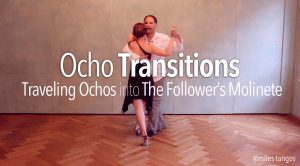
Why are we talking about ochos ? Because this particular variety of Ocho is so venerable that we use it for nearly every kind of transition there is. It is for this reason that today’s topic is not really about the Ocho itself, but about the Transition between one piece
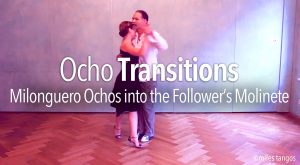
Lazy Ochos into The Follower’s Molinete. This is an odd transition to be certain. It mixes two very different types of tango styles or ideas into one way of dancing. Typically the ‘Lazy’ or Milonguero Style Ocho is done in Milonguero style of dancing, that means that the Lead is
Why Should You Signup ? The simplest reason is that you won’t find this stuff anywhere else. It’s a different kind of tango education. It will help you to understand what you want, how to do it, and why you want to do things with Intention in mind. It will show you how to listen to the music, and how to create different types of vocabulary, as well as how to engage in the milonga environment. This site is all about showing you a better pathway towards a type of tango that reinforces the ideas of Social Tango thru Intention Based Dancing.